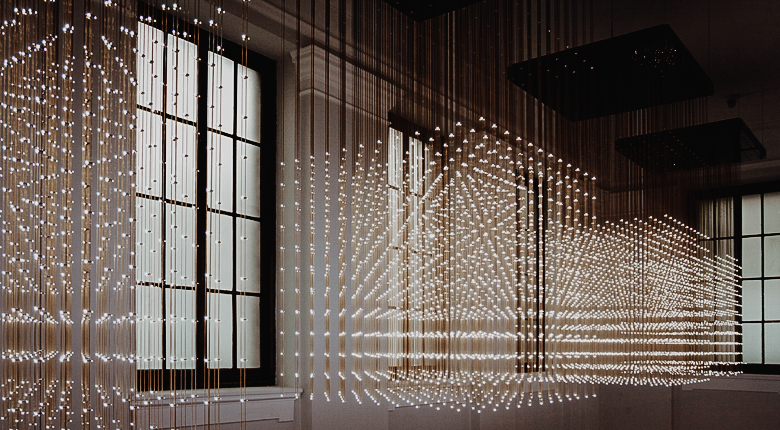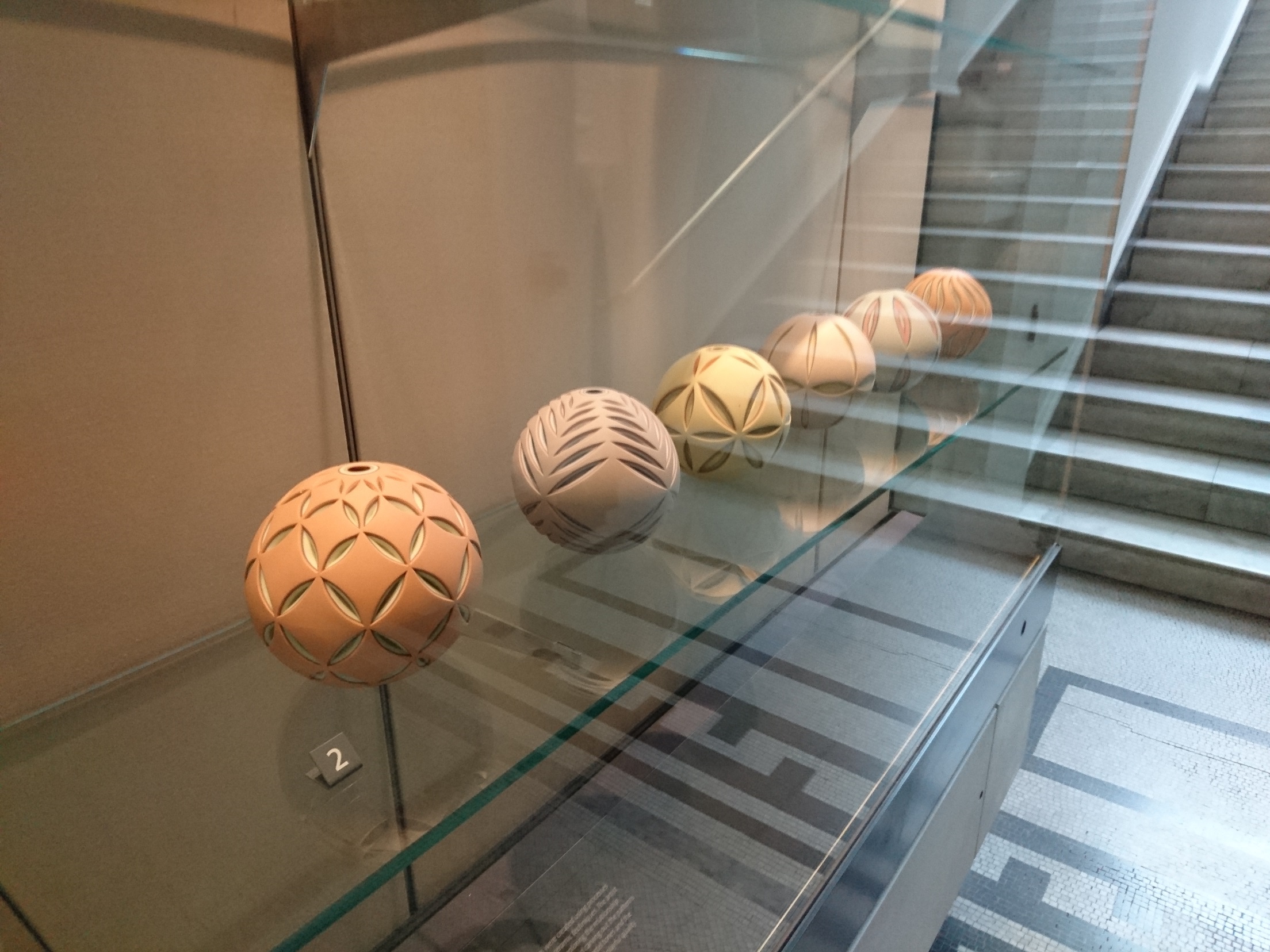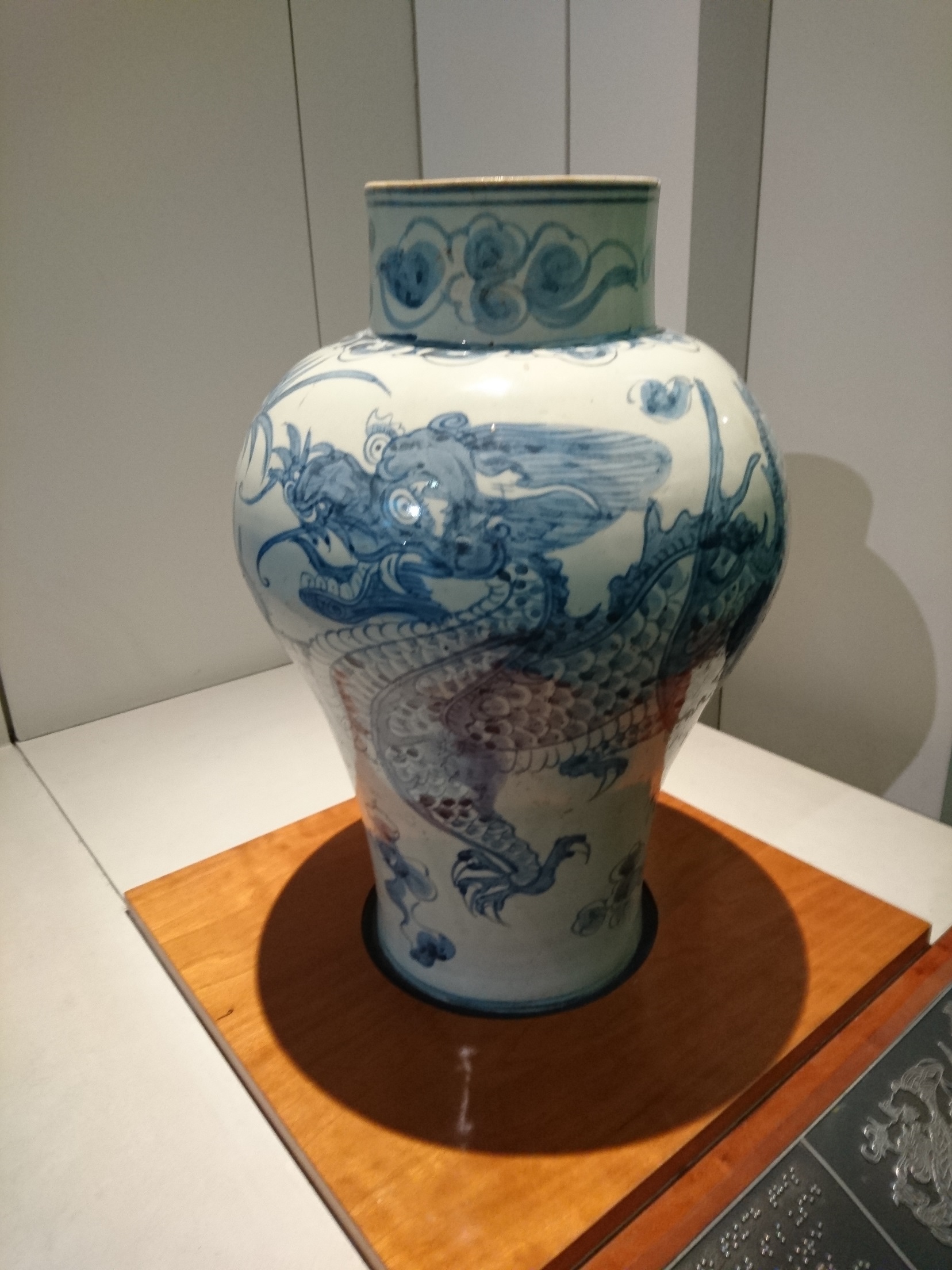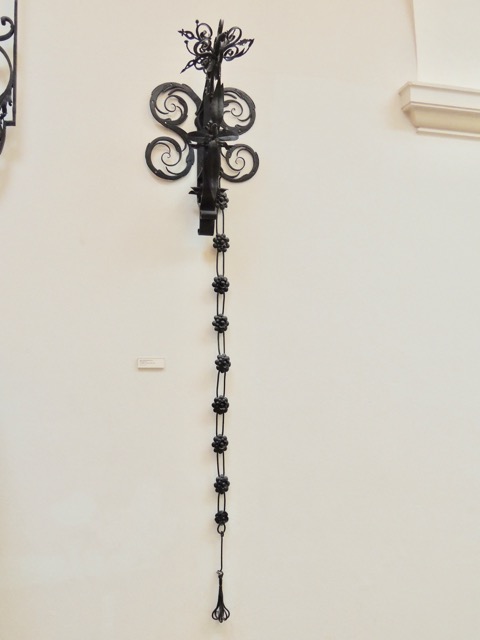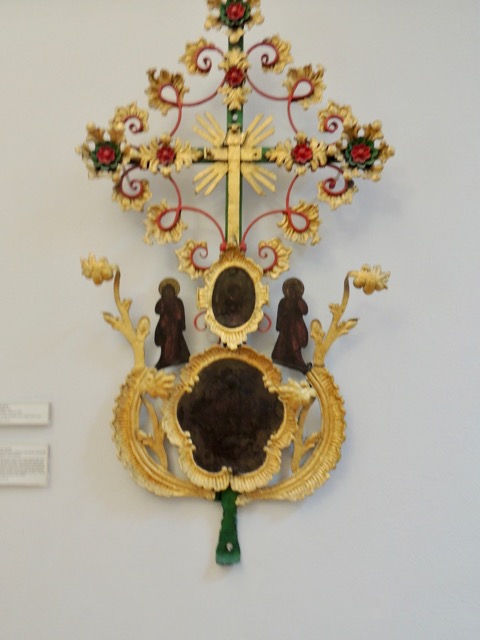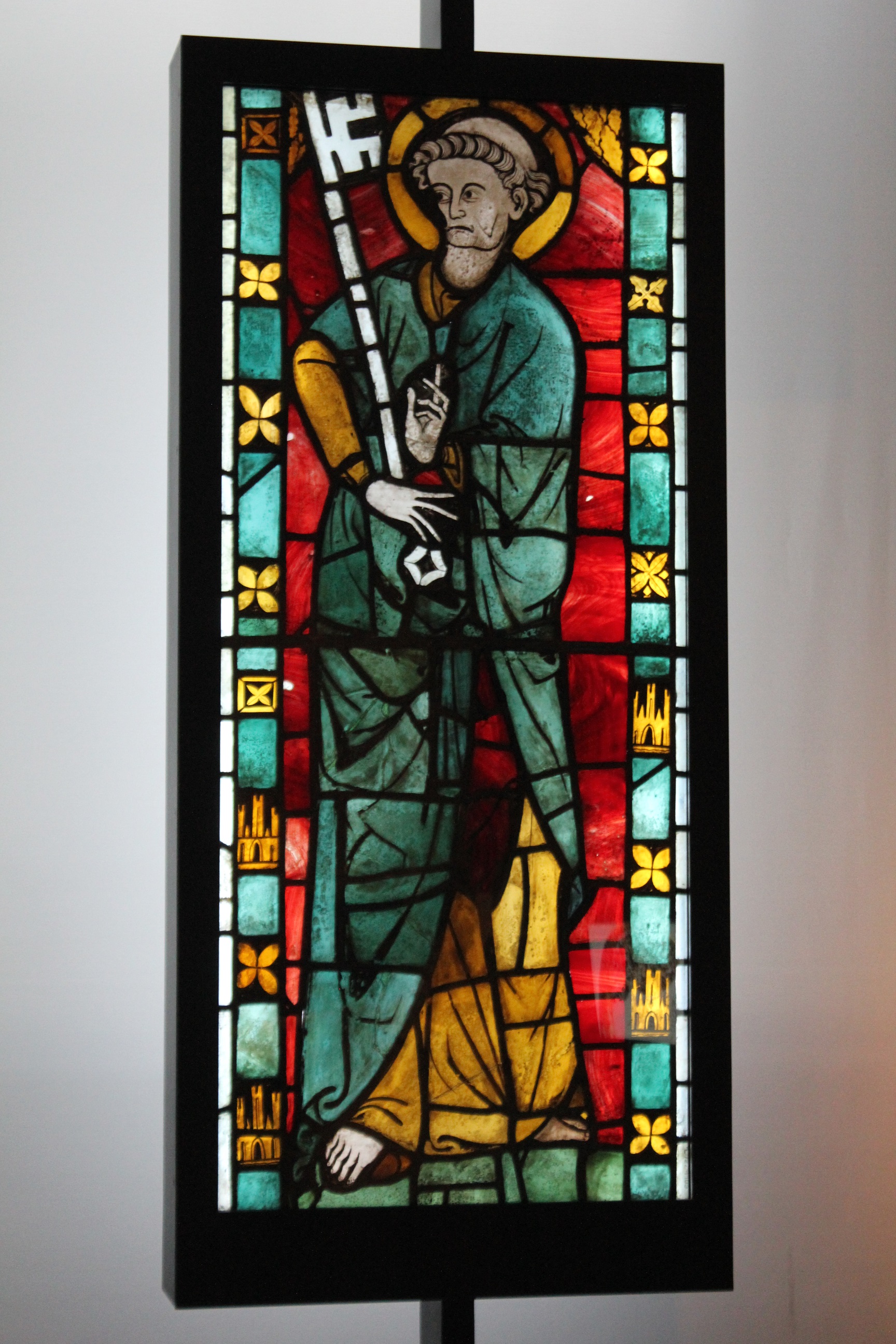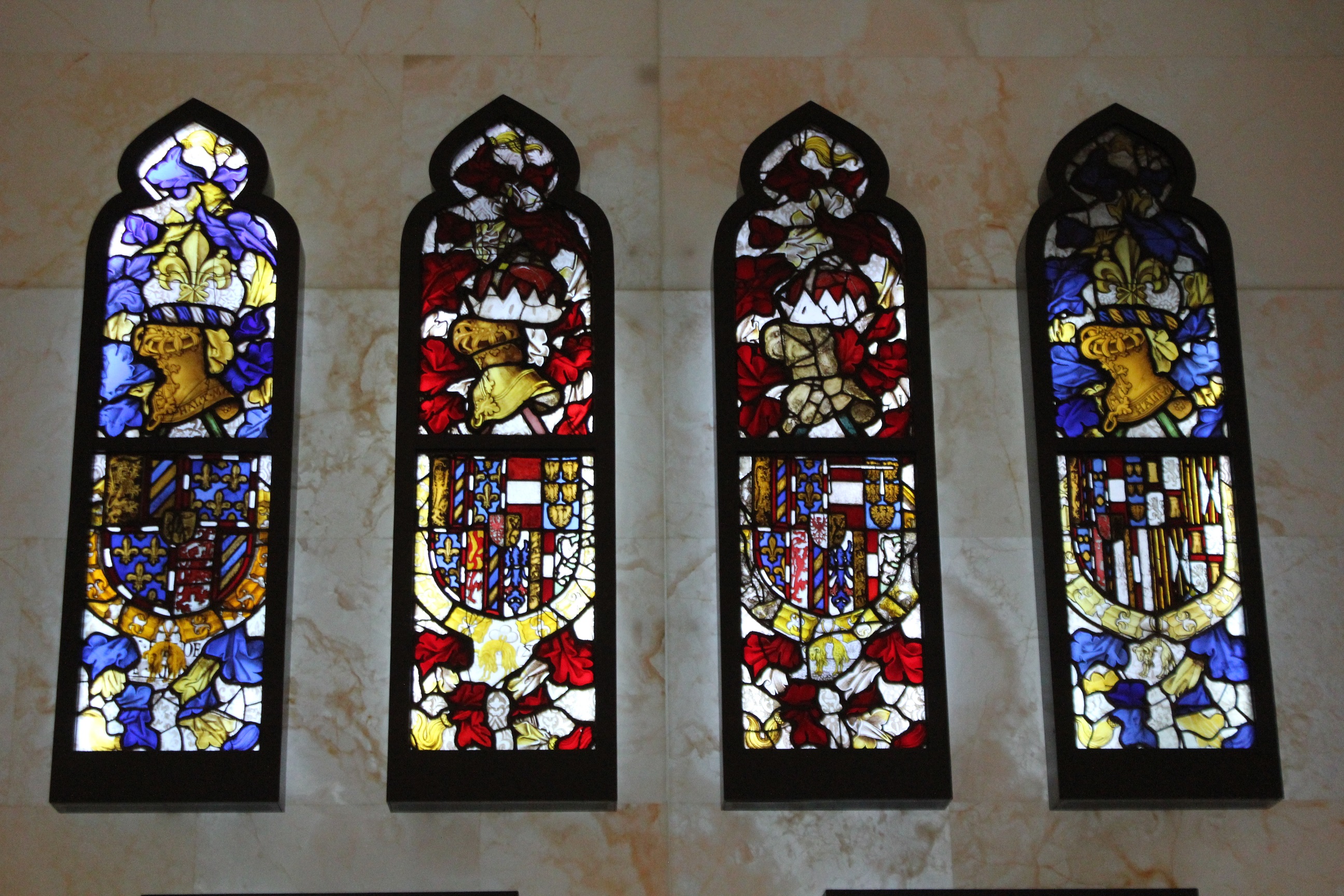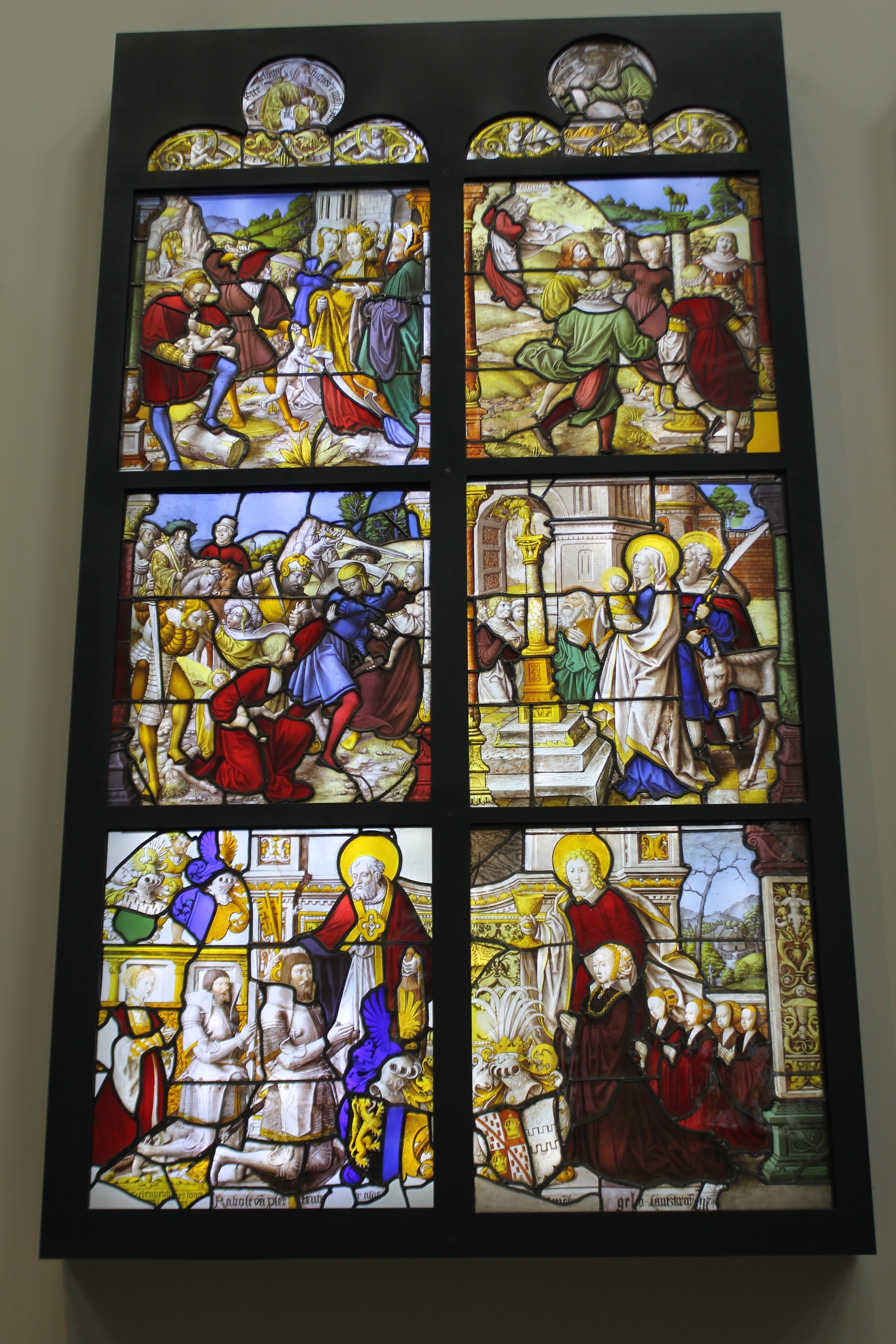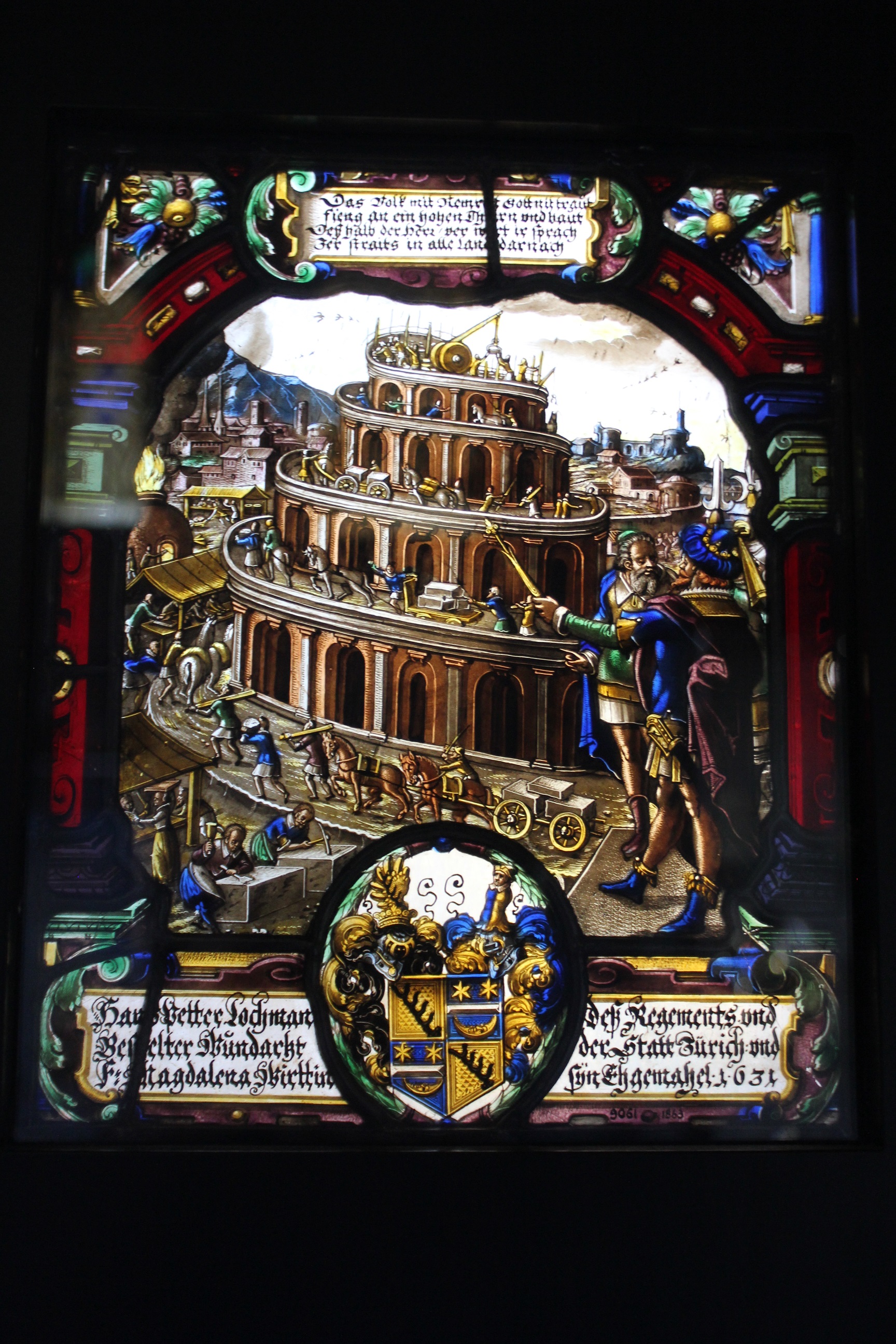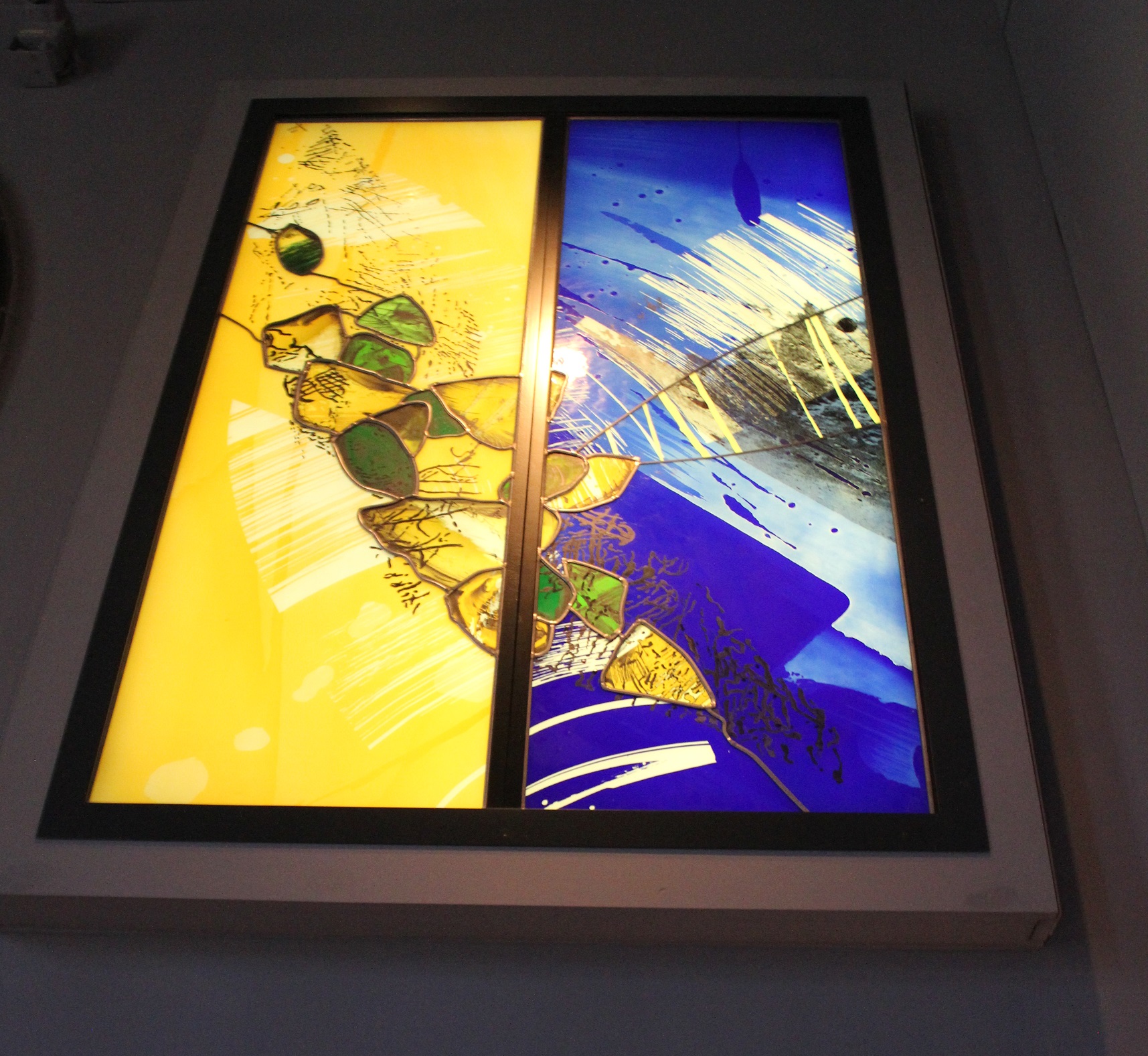Victoria and Albert Museum
From Londonhua WIKI
V&A Museum
The Victoria and Albert museum (V&A) is a free museum in Kensington, surrounded by the Natural History Museum, and the Science Museum. Named after Queen Victoria and Prince Albert in 1852, the V&A is home to the words largest collection of art and design artifacts.
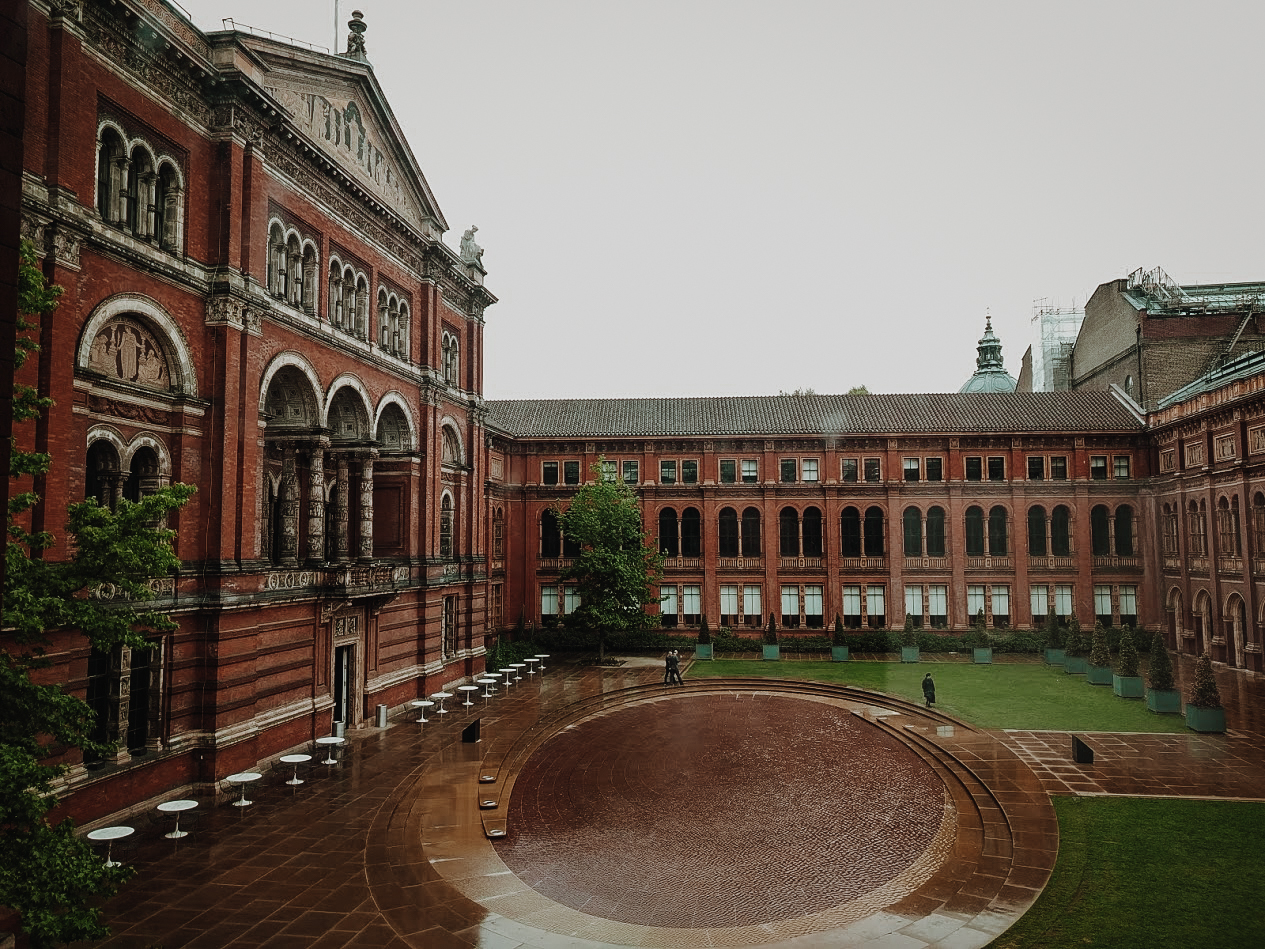 |
Contents
- 1 V&A Museum
- 2 Background
- 2.1 The Building
- 2.2 The Collection
- 3 References
- 4 External Links
- 5 Image Gallery
Background
The Building
The V&A building houses the vast collection of objects, while being a magnificent sight to see on its own. A quick chat with a security guard will let you know that the entire footprint covers 12 acres of land, with galleries on 6 floors and one underground. The total number of galleries in the museum is 145. At the center sits a courtyard and garden that features an outdoor cafe and a water pool. Gallery space is constantly being added or remodeled, with the most recent addition being completed onto the building in 2012, but a total of 4 current galleries are remodeled.
Swarm Study / III
This experimental art exhibit was created by Random International, an art studio that develops interesting and creative displays and exhibits across the world. Swarm Study / III hangs in the ceramics section of the museum and consists of several cubes of hanging brass cords and LEDs. As visitors ascend or descend the stairwell, balls of light will seemingly follow the visitors on their path.
The Collection
The museum houses the largest collection of art and design items in the world, but only displays about half of that in the physical space. However, the number that is displayed is quite significant at 2,280,000 items spread across the 145 galleries. This collection is broken up into categories by type of items, such as Ceramics, textiles, metals, jewelry, furniture, sculptures and many more. The items in the categories are then also placed by origin, with with locations such as Europe, North American, Asia and Africa. The museum's oldest items are up to 5,000 years old, while some parts of the collection are objects from as recent as 2017.
Sculptures
Garden Sculpture
Throughout the 18th century, garden sculptures and busts became increased in popularity throughout Great Britain People began ordering artist to crate statues, monuments and temples that would be placed in their gardens and throughout their grounds. The garden at Stourhead is the most preserved gallery of statuary and sculptures to this date. The artists who made these statuary were no always from the Britain, but most of them had spent an extensive amount of time there. Many were from the Netherlands such as Rysbrack, an artist and sculptor, and Carpenter, a specialist in lead sculptures.
Andrew Carpenter (Andries Carpentiere)
This garden sculptor favored lead because of his easy accessibility to it and that it could be cast into a mold to be replicated in mass production. Much of statuary during the time were famous reproductions of classic or Renaissance marble groups. His work Meleager was mass produced multiple times, but the Albert Victoria Museum has the original work, which depicts the mystical hero Meleager, who killed the savage Calydonian boar.=
Ceramics
Victoria and Albert Museum has the largest and most comprehensive ceramics and glass collection in the world, with over 80,000 objects from around the world. we can see ceramics from every continent. We can see scatter pieces around the museum but in the top floor there is a designated area just for ceramics. Most are in display on the top floor inside "visible storage". The ceramics fete back to 3000BC to present. The cases are arranged by place of origin. All the cases and shelves are numbered. You can use these numbers to find detailed information on the objects through 'Serach the Collectoons' on the computer terminals located throughout the galleries, or online.
China
Before 589
Ceramics were first made in China in about 5000 BC. Painted earthenware jars from north China were among the most sophisticated products made during the millennia that followed.
By the Han dynasty (206 BC- AD 220) China's ceramic industry had developed to a high level. Regional kilns produced funerary objects, architectural components and items for everyday use. They were wheel-thrown, hand-built or moulded, and then decorated with unfired pigments or lead glaze. High- fired stoneware vessels with ash glaze were also produced.
Some vessels, figures and architectural components were specifically made for burial purposes. They were assembled to create miniature universes resembling the real world.
Korea
400-1500
During the Three Kingdoms (57 BC-AD 676) and Unified Silla (676-935) periods, the majority of high-fired ceramics made in Korea were dark-bodied, unglazed funerary wares. Then, during the 9th century, Korean potters started making green-glazed wares, particularly at kilns near the south and west Coasts. Green-glazed wares from the first half of the Koryo dynasty (918-1392) were often decorated with highly refined incised motifs. After 1150, black and white inlay, a uniquely Korean innovation, was used to create a rich variety of patterns. The use of inlaid slip continued into the succeeding Choson dynasty (1392-1910) in the form of so-called punch ong wares.
Jars
The exhibit displayed many jars and vases which were highly decorative. These jars and vases were considered to be an intricate part of Korean culture where they were used for decorative purposes, ritual purposes and traditional purposes.
Hanji Paper Collage
A collage was made using hanji paper, paper used for areas of life such as wrapping household objects for storage. This collage's defects, such as holes and rough surface, represents the difficult history of Korea. The strong entwined paper, on the other hand, represents the resilience of the Korean people.
Japan
1660-1870
The Japanese first made porcelain in 1600-10, following the discovery of porcelain stone in Arita in western Japan. Until the techniques of overglaze enamelling (see Case O to your right) were introduced in the 1640s, the majority of wares were decorated using underglaze cobalt blue (blue-and-white). The Arita porcelain industry received an important boost in the mid 17th century when there was a temporary collapse in Chinese porcelain exports and foreign merchants in Nagasaki turned to Japanese producers asan alternative source of supply. Blue-and-white porcelain continued to be made throughout the Edo (1615-1868) and Meiji (1868-1912) periods, and is still produced in Arita today.
Middle East
700-1400
Pottery in the Middle East was primarily made for everyday purposes such as storing and serving liquids and foods. Unglazed wares were often decorated with moulded, incised or carved designs, while various methods were used to produce colourful glazed objects. In about 800, potters in Iraq invented several important new techniques, notably tin glazing, painting in cobalt blue, and overglaze decoration in lustre. These spread to Egypt, where potters produced a wide range of ceramic types during the 11th and 12th centuries. In Iran, potters achieved colourful results by using slips under a transparent glaze. Until about 1050, all Middle Eastern ceramics were made from earthenwares.
Islamic Middle East
After the rise of Islam during the 7th century, much of the history of the Middle East was changed. Islam spread like wildfire throughout the region reaching out to places far and wide. The area, like many, started a large empire and was then split into different states, however, they all shared the culture and ideas of their common Islamic tradition. Much of the art produced included religious and political pieces.
The art itself was developed from Byzantine and Sassanian roots, which the area was originally ruled by. During those times there was an emphasis on geometric patterns and designs, flowers, and inscriptions. The new Islamic culture made its impression on the art and created the beautify calligraphy, ornamental flowers and geometry unique to only the Islamic Middle East.
Calligraphy
Calligraphy became very important to the Islamic culture due to the fact that teachings of Islam come from the “divine revelation” written in the Qur’an. Therefore, since the writing was so important it was written in an embellished way. The intricacy of the writing depicted the importance of the work, so many religious works produced had the elegant calligraphy. The notion of calligraphy spread to other areas such as Turkey and Persia, where Arabic was used too.
Geometry
Inspiration from Plants
Syria and Egypt
1150-1650
Syria lay at the heart of international trade routes and its ceramics often reflected foreign influences. During the 12th and 13th centuries potters were inspired by imported Iranian wares. In the early 15th century, they began to copy the Chinese porcelain that was traded through Damascus. Many of the same styles were produced in Egypt, but in the 14th century there also emerged a distinctive type of earthenware decorated with slips. After the Ottoman conquest of 1516, Syrian potters absorbed the court style of Iznik ceramics. However, the painting was less refined and never included the relief red pigment so characteristic of lznik wares.
Portugal and México
1600-1725
Potters at Puebla de los Angeles in Mexico used Spanish tin-glaze technology to make blue-and-white earthenwares with 'Chinese' decoration. At Tonala, near Guadalajara, potters used local traditions of hand-building and hand-polishing to produce a distinctive red pottery for the Spanish and European markets. Portuguese traders were the first to import quantities of Chinese porcelain into Europe. Potters in Portugal then borrowed Chinese ornament and combined this with western imagery and heraldry on their high-quality earthenwares. Much of their production was exported to northern Europe, through a wide network of Jewish merchants of Portuguese origin.
Europe
1700-1910
Slipware is pottery covered or decorated with liquid clay 'slip'. Its production was widespread in 18th-century Europe. Normally local product, it displays a range of regional styles. In the Niederrhein region of Germany, many villages produced distinctive slipwares using a variety of techniques. at Rheurdt and Vluyn-vluynbusch made large dishes with vigorous incised decoration. In Switzerland, the Langnau region became an important centre, producing slipwares of unusual delicacy In Central Europe, potters in Transylvania, Bohemia and Moravia made highly decorative ceramics by trailing or painting pigments and slip onto a plain white slip- covered ground. Throughout Central Europe, regional traditions of slipware continued into the 19th and 20th centuries. Traditional forms and decoration persisted, but with increased communication new styles emerged to suit wider markets and tastes. A wide range of slip-decorated tablewares was made for household use. In some regions, the manufacture of wares as tourist souvenirs also became increasingly important. Potteries at Heimberg, in the Thun district of Switzerland, catered for a popular tourist market. They exhibited at Paris Exhibition of 1878, and their wares were exported widely.
St. George and The Dragon
This statue was made in Germany in 1480. It depicts St. George havingslayed a dragon while rescuing a princess. St. George was shown to bean example of chivalry because of this.
Cast Courts
Pink Floyd
Asian Exhibit
Islamic Art
The Victoria and Albert Museum contains over 4.5 million objects from different time periods. 19,000 of those are from the Islamic world. They range from the 7th century and span all the way to the early 20th century. The gallery that contains around 400 of these items at a time is called The Jameel Gallery of Islamic Art and opened in 2006 with Ardabil Carpet being the centerpiece of the gallery. This is one of a pair of Persian rugs while the other is located in Los Angeles. The Jameel Gallery of Islamic Art holds items from Afghanistan, Spain, North Africa, the Middle East, and Central Asia. Another of the most famous objects of this gallery is a 10th century rock crystal ewer. This is an amazing example of Fatimid art, an artifact from the Fatimid Caliphate. Along with these items, the gallery holds many different examples of calligraphy in Qur'āns of multiple time periods. One of the largest objects in this display is a minbar from a mosque in Cairo that dates back to the 15th century. There are also ceramics, rugs, glasswork, carpets, tile work, and even a fireplace on display at the Victoria and Albert Museum.
Korean Exhibit
The Korean Exhibit mostly showed
Buddha Exhibit
Located on the main floor of the museum, The Robert H. N. Ho Family Foundation Galleries Of Buddhist Art, has on display multiple different buddha sculptures from around the world. Please check out the article for more information!
Iron and Steel Exhibit
The Victoria and Albert Museum has one of the largest collections of decorative iron and steel from the 12th Century to present day. Most of it comes from Continental Europe and Britain and there is a large variety. There is everything from gates, locks, and keys, to candlesticks, earrings and necklaces. Iron is one of the most useful and abundant metals but it is not easy to extract or mold. However because of Iron's characteristics, it allows more difficult forms to be created. Iron is made by smelting, heated with a mixture of ore and charcoal, to a staggering temperature of 12000 degrees C. Once in a while the mixture would be hammered to condense it, and eliminate any impurities. There have been many different methods of smelting between 3500 BC to AD 1700. However in 1713 a cheaper way of producing iron came about, Abraham Darby smelted ore using coke, which is derived from coal. Wrought Iron and cast Iron are the two most commonly used types of Iron. The difference between the two is that wrought iron is shaped by a blacksmith, and therefore no two pieces are the same. Cast iron is produced in a boundary, which allows for the mass production of an item, the iron is melted to liquid form and placed in a mold. This process makes it brittle but still strong, so it is ideal for use in bracelets or railing. Iron is used when a strong material is needed. And because of its decorative qualities, many architects have been attracted to it.
Stained Glass Exhibit
The museum has stained glass panels spanning from around 1140 to more recent designs from 2005. This allows for visitors to see the progression of the art form. The earliest of panels lack elaborate detailing and the figures that are present are incredibly simplistic in appearance. As time progressed towards the 15th and 16th centuries, the detailing on the artwork became much more complex, though the artwork lost touch with its original form. Renaissance era stained glass is referred to as painted glass, due to the enormous amount of detail in each window, painted on with various enamels. Another major shift the art took in those centuries was that it shifted away from the fusing of many pieces of glass to create an image, preferring to have larger solid pieces of glass. In the 17th century the more traditional style of stained glass returned to popularity and the overly ornate painted designs greatly reduced. The modern pieces on display reflect the traditional art form by fusing many pieces of glass together to create an image.
Prix Pictet Space
Claimed
References
If appropriate, add a references section
External Links
If appropriate, add an external links section
Image Gallery
If appropriate, add an image gallery
